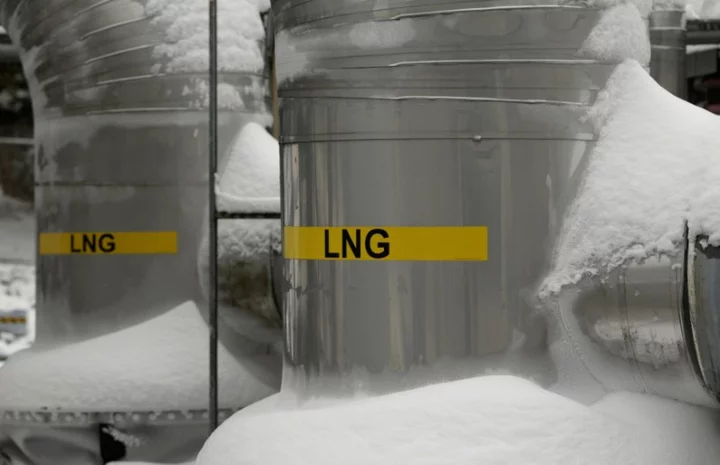U.S. natural gas production and demand will rise to record highs in 2023, the U.S. Energy Information Administration (EIA) said in its Short Term Energy Outlook (STEO) on Wednesday.
EIA projected dry gas production will rise to 103.72 billion cubic feet per day (bcfd) in 2023 and 105.13 bcfd in 2024 from a record 99.60 bcfd in 2022.
The agency also projected domestic gas consumption would rise from a record 88.46 bcfd in 2022 to 89.17 bcfd in 2023 before sliding to 88.38 bcfd in 2024.
If correct, 2024 would be the first time output rises for four years in a row since 2015, and 2023 would be the first time demand rises for three consecutive years since 2016.
The latest projections for 2023 were higher than the EIA's September forecast of 102.69 bcfd for supply, but lower than its September forecast of 89.72 bcfd for demand.
The agency forecast average U.S. liquefied natural gas (LNG) exports would reach 11.62 bcfd in 2023 and 13.15 bcfd in 2024, up from a record 10.59 bcfd in 2022.
That is higher than EIA's 2023 LNG export forecast in September of 11.60 bcfd.
The agency projected U.S. coal production would fall from 597.2 million short tons in 2022 to 581.1 million short tons in 2023, the lowest since 2021, and 465.5 million short tons in 2024, the lowest since 1962, as gas and renewable sources of power displace coal-fired plants.
As power producers burn less coal, the EIA projected carbon dioxide emissions from fossil fuels would fall from 4.941 billion metric tons in 2022 to 4.753 billion metric tons in 2023 and 4.707 billion metric tons in 2024.
That compares with 4.580 billion metric tons in 2020, which was the lowest since 1983 due to the negative impact of the coronavirus pandemic on demand for energy.
(Reporting by Scott DiSavino; Editing by Chris Reese and Jonathan Oatis)









